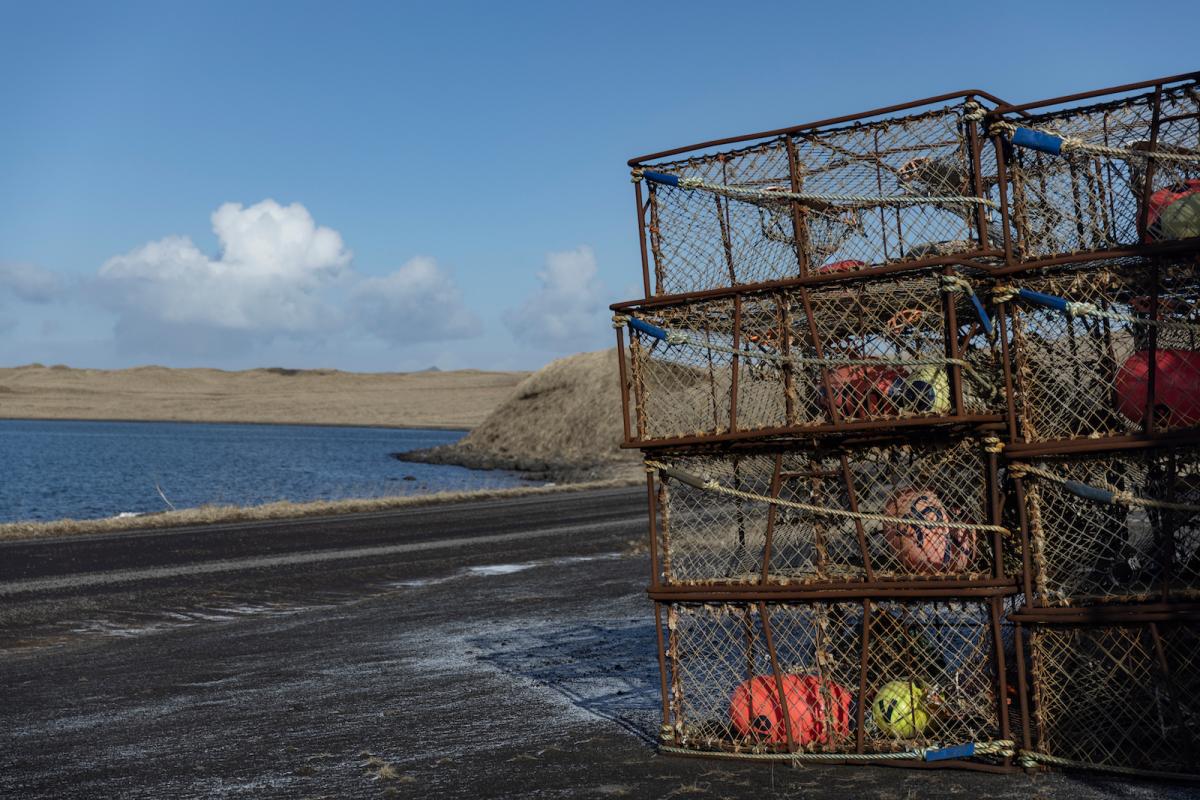This story was produced in collaboration with the Food & Environment Reporting Network, a nonprofit news organization.
My small turboprop plane whirred low through thick clouds. Below me, St. Paul Island cut a golden, angular shape in the shadow-dark Bering Sea. I saw a lone island village — a grid of houses, a small harbor, and a road that followed a black ribbon of coast.
Some 330 people, most of them Indigenous, live in the village of St. Paul, about 800 miles west of Anchorage, where the local economy depends almost entirely on the commercial snow crab business. Over the last few years, 10 billion snow crabs have unexpectedly vanished from the Bering Sea. I was traveling there to find out what the villagers might do next.
The arc of St. Paul’s recent story has become a familiar one — so familiar, in fact, I couldn’t blame you if you missed it. Alaska news is full of climate elegies now — every one linked to wrenching changes caused by burning fossil fuels. I grew up in Alaska, as my parents did before ... Read more
